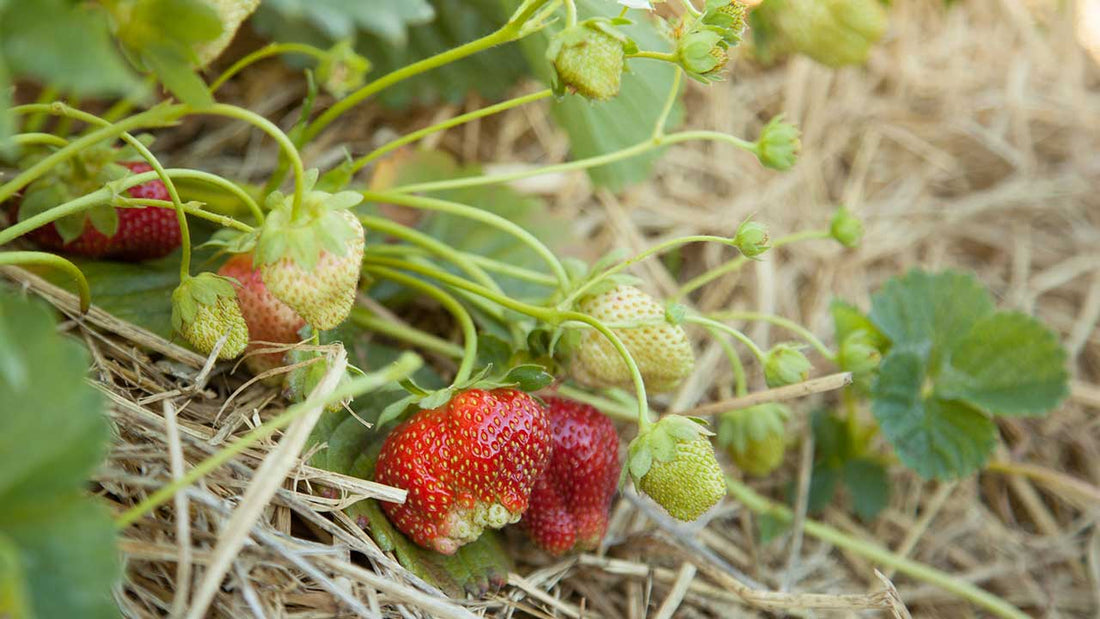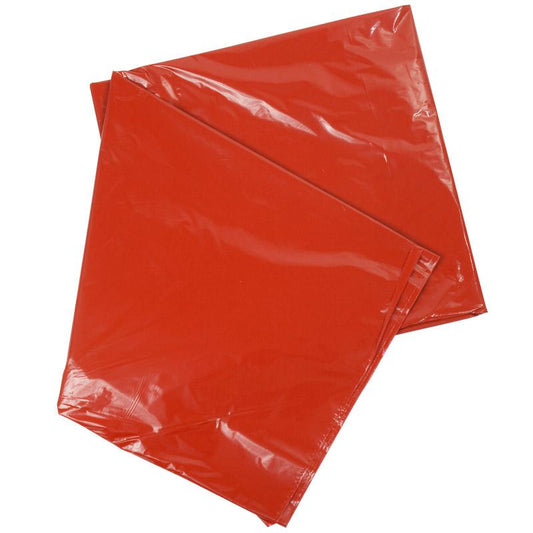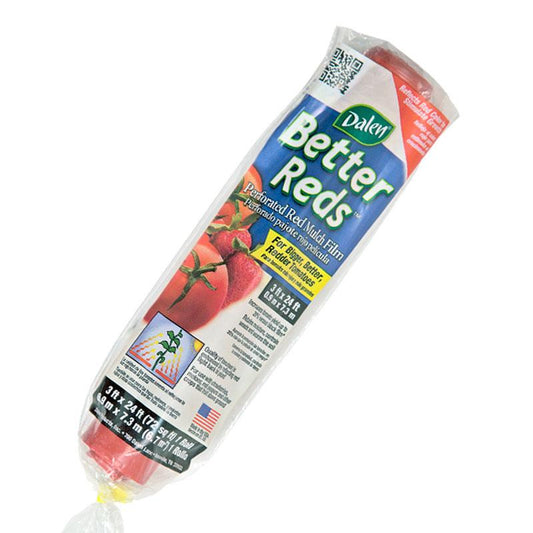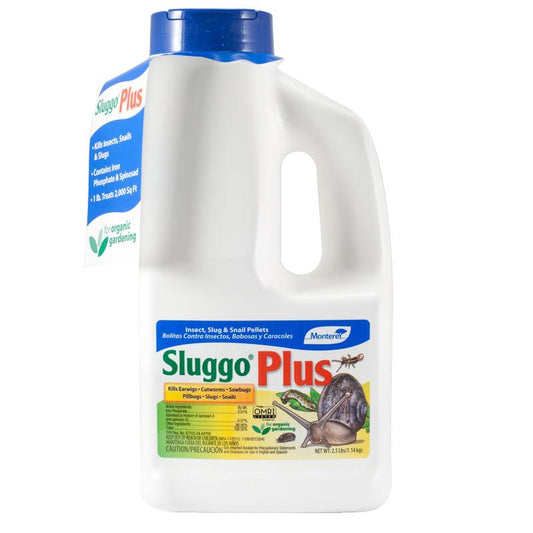Once you have a strawberry bed going, you need to renovate and renew it every year, to maintain healthy yields. June-bearer and Everbearer beds should be renewed. Day Neutral strawberries should simply be replaced after three years.
Strawberries are Vigorous Plants
As the strawberries increase you want to keep the beds from becoming overcrowded (which would reduce yield and could encourage diseases). It sounds rather sedate when you read that "strawberry plants spread by sending out runners". To get the real sense of those runners, think 50-yard dash if you have June-bearer strawberries. Enjoy these athletes of the vegetable kingdom, but do some post-season training to keep them in check. Everbearer strawberries produce runners too, in the Junior Varsity for speed, but they also need supervision. Your coaching duties begin after the last strawberry harvest.

Strawberry Harvest Dates
June-bearers or Short Day will produce over a 3 - 4 week period. It won't be in June if you live in Southern California or Florida; your strawberry season could be as early as March. For cool climates, harvest will be closer to June. Everbearer strawberries produce throughout the summer, either in distinct crops or continuously.
Do a Soil Test After the Final Harvest
Strawberries grow best in slightly acid soil with a pH of 6.0 - 6.5. Test your soil at the end of the harvest. If you need to make your soil more acid, add a phosphorus rich fertilizer. Since strawberries are also fond of potassium, look for a fertilizer that is high in the last two numbers, like Rose, Flower & Bulb Mix 4-8-4. Many organic fertilizer options are waiting for you in the Find Fertilizer Solutions guide in our Resource Center; for instance, you can find fertilizers for Potassium or Phosphorus for your range of choices.
Cut & Thin Right After Harvest
Blow the whistle after the last harvest. All varieties of strawberry plants should be cut back to a height of 2 inches. How you cut depends on the planting method you're using. Pull any weeds before you start renovation.
Matted Row Method June-bearers are often planted with this method, and the runners spread all over the bed. If planted on the ground, it's easy to cut the plants back with a lawn mower set high enough to leave 2" of stems above the crowns. Matted rows in a raised bed should be cut back by hand. Popular row widths on the ground, for easy picking, are 18" - 24", with 24" paths between the rows. By the time of harvest the rows will have runners making them wider than 24". Narrow the row to a pickable size again by hoeing the runners from the edges, reducing the row to about 12" across. Or if the "mother" plants in the center of the row are declining in vigor, hoe out the center of the row and leave two rows of "daughter" plants on the edges, as the basis for two new rows. After you hoe, pull out the least healthy plants, leaving 5 or 6 robust plants for each square foot.
Hill Method Hilling is popular for Everbearer strawberries. You will not have as many runners to deal with here. Use garden scissors or shears to cut the plants back to 2" above the crowns. *Whichever cutting method you use, rake away the cut leaves and compost them, if your plants are disease-free.
Fertilize the strawberry patch
Choose your fertilizer according to your soil test results, apply, brush off any on the leaves, and water in well.
Cultivate the berries
If you've been using organic matter for mulch, turn it in to the soil (if you can do so without damaging shallow roots) or add it to your compost pile. Add 1/2" of compost around the crowns to encourage new roots. Keep the bed weeded and then mulch it before the first frost.
Rotate your crops
Follow good organic gardening practices and rotate your crops regularly. Strawberries are particularly susceptible to the soil disease verticillium wilt. To avoid this disease: 1) Rotate the strawberries to a new location every 3 years. 2) Do not plant strawberries in a bed where you recently grew solanaceous plants (tomatoes, eggplants, potatoes, peppers). 
FOR MORE INFO on starting a new bed, watch our video of Tricia setting up irrigation and red plastic mulch, then planting out a strawberry bed. We send a Strawberries Planting & Growing Guide with each purchase of our strawberry plants, with details on how to heel in, plant, and harvest the many kinds of strawberries we carry.  We read all the new books on organic and edible gardening, and for strawberry growers we especially recommend two books: * Grow the Best Strawberries, an all-strawberries-all-the-time 32 page booklet in the reliable Storey Country Wisdom Bulletin series. * The guide to all things fruity, The Fruit Gardener's Bible, is a big, colorful tome. If you already own The Vegetable Gardener's Bible you'll understand why we're excited about this hot-off-the-presses book.
We read all the new books on organic and edible gardening, and for strawberry growers we especially recommend two books: * Grow the Best Strawberries, an all-strawberries-all-the-time 32 page booklet in the reliable Storey Country Wisdom Bulletin series. * The guide to all things fruity, The Fruit Gardener's Bible, is a big, colorful tome. If you already own The Vegetable Gardener's Bible you'll understand why we're excited about this hot-off-the-presses book.
Keep your team of strawberry plants thriving, year in and year out.





14 comments
This is my first year with a raised planter for strawberries. After they are done producing, and i cut them back, do i still water them? or do they go dormant. Not sure???
Cathy 8-10-2021
Brian, seems like you have a good plan for your bed. When you are adding compost, just don’t cover the crown too much or you may get some rot. Look out for slugs eating your fruit (pretty common) and sometimes the plants get powdery mildew if getting overhead watering. But sounds like you have a good handle on caring for your strawberry bed.
I have two strawberry beds that are above ground and surround either a plum tree or cherry tree. This is the second year for the beds and they are doing well. I am researching to prepare for the coming winter and next year. My research shows that I should prune the plants to about 2 inches in height during the fall, when the growing season is done. I should also thin the bed and weed afterwards. Being the Washington state, our winters can be harsh and so I plan to lay 4-6 inches of straw to protect the bed during the winter. When Spring comes along I will remove the straw to expose the crowns and add about 1-2 inches of compost to the beds to provide nutrients that were lost from previous season. Am I understanding the process correctly? Is there anything I am missing to produce another wonderful crop next year? Additionally, what can I do or look for to make sure that my beds are not falling to disease since I will not be able to rotate them?
Kim, you don’t want to just dump it on the plants. If you bury them too deep them you run the risk of rot at the crown. You want to add more soil if they are now not deep enough, but make sure you are not adding too much.
I have two 7′ × 3′ raised beds of Everbearer strawberries. (Edmonton, Alberta, Canada) The soil has really settled after my initial planting (mature plants transplanted to the new boxes last summer) and I need to add about 8" of soil/mulch to top it up. We still have frost most nights, but this weekend it will warm up greatly … can I just dump soil/mulch over everything? Will they grow through and stay as strong plants?